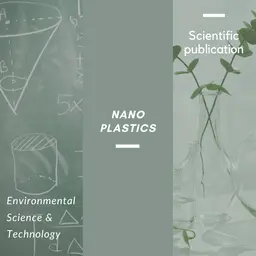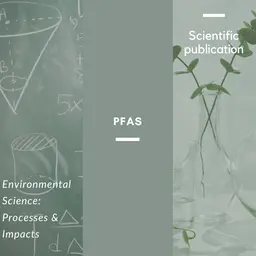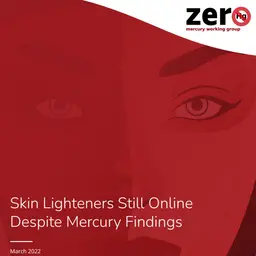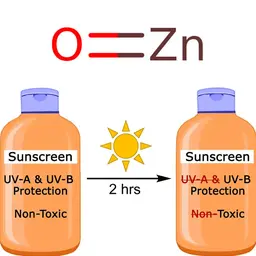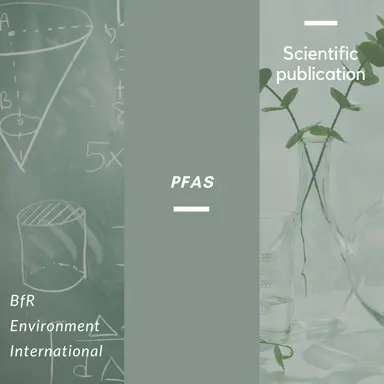
According to a study conducted by a scientist from the BfR (German Federal Institute for Risk Assessment), PFOA (perfluorooctanoic acid), a degradation product or impurity contained in PFAS (per- and polyfluoroalkyl substances), can enter the human body by simply applying cosmetic products to the skin. The study was published in the journal “Environment International”.
Per- and polyfluoroalkyl substances (PFAS) are long-lasting fluorine-containing industrial chemicals. Due to their water-, grease- and dirt-repellent properties, they are incorporated into numerous consumer products and are added to a small proportion of cosmetics.
Such cosmetics may contain compounds such as perfluorooctanoic acid (PFOA) as impurity or degradation product. These compounds are excreted very slowly by humans. For this reason, they accumulate in the organism and are therefore considered particularly problematic.
Until now, it was assumed that these substances do not enter the body to any significant extent after application to the skin. However, data on the absorption of PFAS via human skin was not available. A scientist of the Federal Institute for Risk Assessment (BfR) has now tested for the first time in a self-experiment whether PFOA added to a sunscreen is absorbed by the body.
As the researcher reported in the scientific journal “Environment International”, this is indeed the case: A small amount of the substance crossed the skin barrier and could be detected in the blood.
PFOA may not be used in cosmetic products. As an unintentional and unavoidable contaminant, PFOA may only be contained in products at a maximum of 0.025 micrograms per gram.
There are …

